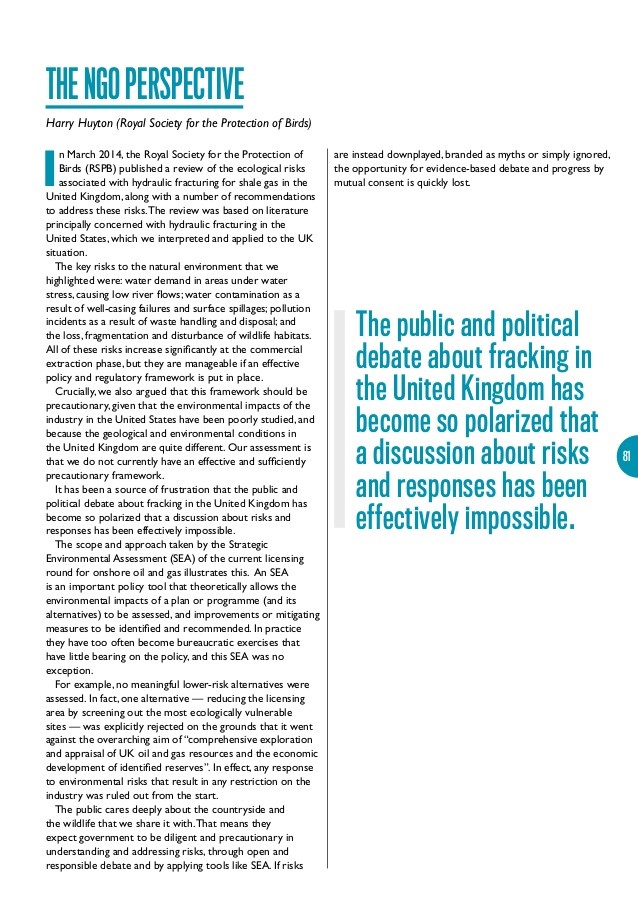The peril of venturing to places the index avoids the confusing ways of off benchmark bets
Post on: 17 Апрель, 2015 No Comment

I think this might be a record for blog post titles, but I came up with the second part, first, which is at the heart of the matter, and then the first came to me later, which adds some color to it.
Dealing With Off Benchmark Bets
What IS an off benchmark bet? Its when a portfolio manager elects to invest in something that isnt in the benchmark. This happens ALL OF THE TIME! Think cash: benchmarks rarely include cash (unless its a blended benchmark); and so, the manager has part of his/her portfolio in cash, but the benchmark is void; how do we handle this? But its not just cash; managers often invest in different sectors or asset classes that the benchmark isnt in. Dealing with this situation can be a bit tricky.
If you use one of the standard models (e.g. Brinson-Fachler) and have a portfolio that is somewhere that the benchmark isnt, unless you make adjustments to the model youll likely get some weird results. This is a topic thats taken up in the revised CIPM program. and one worthy of comment here.
During a recent Performance Measurement Think Tank webinar. John Simpson, CIPM provided a very detailed explanation of the options available. I will briefly touch on them here, and then explain why theyre misleading .
Our Off Benchmark Bets Portfolio
Lets use this portfolio for our example.
This is really a simple example, but it should make our journey to understanding the process an easy one. The benchmark is only in two sectors, while the portfolio is in a third. The benchmark is void in Utilities, so we see that its weight is 0%, which makes sense, since it has no securities in this sector. Its return is blank, meaning null. While this isnt the same as zero, it is often treated the same way.
Base Case: Off Benchmark Bets Do Nothing
Lets see what happens when we run Brinson-Fachler as it comes, out of the box, with no adjustments:
Our allocation effect is pummeled, with a -78 basis point score; but does this make sense, since we allocated to such a great performing sector? Oh, wait a minute the benchmark has a null (zero) return, which is below its overall return (2.60%), so were penalized. But, we at least did a great job of stock picking relative to the benchmark, but the benchmark doesnt have any securities, so does this make sense?
This subject typically comes up in our Performance Attribution course. and I generally suggest that the results be totaled and shown under allocation. But, there are three more sophisticated ways to tackle this.
Off Benchmark Bets Case #1
As John explained, in this case the portfolio manager has Bottom-Upped the Utilities sector, hence the adaptation to the model is to use the overall benchmark return as its return. The result will be that the value added is measured as Selection. And so, lets see our results:
As expected, by using the index return for the utilities sector, our allocation effect goes to zero, and our selection gets everything. And since the portfolio outperformed, we get the kind of result we expected.
How often this option would apply seems to be a question for me, but there no doubt are occasions. Now, well move to:
Off Benchmark Bets Case #2
As John explained, in this scenario the portfolio manager has Top-Downed the Utilities sector, hence the change we make to the model is to use a proxy for the sectors benchmark return. The value added is thus measured as Allocation and Selection.
We went to a different index that happened to have a Utilities sector, and brought that return across. Since we picked better securities, we get a positive selection effect; and, since the proxys return (3.00%) was higher than the benchmarks (2.60%), our decision to allocate more there than the benchmark, we get a positive allocation effect. Hurrah! As expected. Finally, we look at:
Off Benchmark Bets Case #3

John explained that with this final approach, the portfolio manager has added assets of a class unlike other benchmark assets, hence the adaptation is to use the portfolio’s sector’s return for the benchmark. The value added is measured only as allocation.
This is essentially what we recommend in our class: put everything into allocation. While some prefer option #2 (to use a proxy), Im not a fan because its selection can be arbitrary; also, were not investing against a different index. While I understand the rationale (did the manager pick good stocks in this sector), Im still not a big fan. But, well put that aside, the really important point is:
This approach to off benchmark bets is misleading
Yes, you read it correctly ZERO PERCENT!
Why? Because the formula for the selection effect is:
Since the benchmarks weight is zero, regardless of what we substitute for the benchmarks utility sector return, selection HAS TO BE ZERO!
But if this is true, WHAT is the source of the values that clearly appear in cases #1 and #2?
Space doesnt allow me to go into this further, but this WILL be a topic in this months newsletter (and Ill probably use the same title, since I like it so much!).
In the meantime, feel free to chime in. I suspect that at least two of my esteemed colleagues, who both individually and collectively disdain the interaction effect, will offer their views.
By the way, want to learn more about our Performance Measurement Think Tank? Go here. Youll learn how you can gain access to performance measurement experts on a regular basis.














